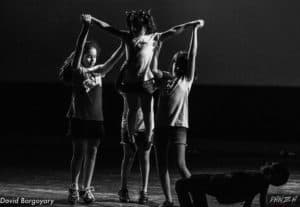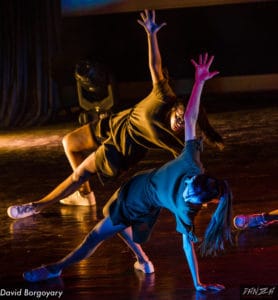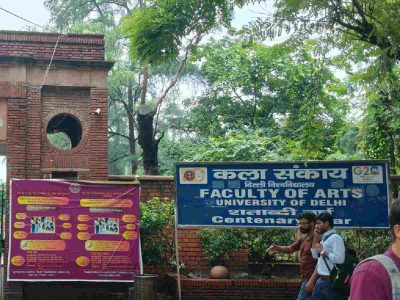Delhi is not just dancing to Indian tunes anymore, it’s dancing to them all. Contemporary dance studios in every neighbourhood are helping them have the time of their lives
That’s what I love about dance. It makes you happy, truly happy.
— Debbie Reynolds
DANCERS IN Delhi have been branching out from Indian classical forms to making a name in Western styles like contemporary, hip-hop and ballet, among others. They are setting foot in unchartered territory with different lesson formats and styles, and how! Delhi is now home to over 18 different dance studios scattered all over the city.

Swati Mohan, founder and director of Danza Performing Arts, believes that “Independent dance studios are the only way for general community to access dance classes in India,” due to the lack of an organised dance education system here. Danza Performing Arts holds classes for jazz and contemporary dance, but are also exploring dance in theatre and music. Their main focus though, is to bring contemporary dance to the fore. She says, “All dance forms converge at one point,” and advises that one need only be mindful of the style and the teacher that they are choosing to practise. Swati Sodhi, manager of Choreotheque, talks about the lighter side of attending these classes — “Dance is not necessarily something one needs to perfect in order to enjoy it. We aim to provide a safe non-judgemental environment where people can explore new styles, and themselves in the process.” Choreotheque holds classes for salsa, bachata, jazz funk, hip-hop, among others.
Ms Mohan talks about how we have become used to the idea of practising Indian classical dance forms for years on end, while Western dance is commonly considered a “hobby or free time-based choice — something we see on reality tv shows.” She stresses the importance of style and technique in these Western styles, and just like other physical activities, requires the same kind of dedication and practise. The thing that is different with dance is that along with technique one must also pay attention to the storytelling and emoting. “It takes a long long time for simple ideas to get embodied and manifest in performances or daily living like good posture with long spine, light head and soft joints…” she says.

A new emerging trend is that of master classes and workshops which are often conducted at such studios. With this, new as well as experienced dancers get the opportunity to train with different choreographers and professionals in different styles, unlike with regular classes. Despite the novelty and the many pros of such sessions, Mohan still holds that the best way to train in any style is to maintain regularity and consistency in training, which is what they are trying to achieve at Danza. She says that new dancers should start off by sticking to one technique instead of “confusing the body with multiple different styles by hopping studios and teachers. However, “it is also true that some of these studios are teaching before they are ready to teach,” she comments, stressing the importance of researching the studio and teacher before enrolling for classes. Ms. Sodhi opines that it is important to keep up with the sudden demand for Western dance classes, and in order to cater to that, she ensures that they hire specialised instructors for these masterclasses, or they send their own instructors for training.
When talking about the global dance community, most dancers are very aware of the massive market for dance videos on YouTube, and how they gain popularity via class videos or choreographies. The involvement of Indian studios and teachers is still meagre, but not entirely non-existent. The Indian team, Desi Hoppers, has been making quite some noise on the World of Dance stage —after they won in 2015, they continued to surprise and impress even in this year’s competition. They usually perform a fusion of Indian dance styles and hip-hop.Other teachers like Melvin Louis and Rahul Goswami, who also have significant followings on Instagram and YouTube, also seem to have caught on to the trend.
While acknowledging the importance of marketing on YouTube and social media, Both Mohan and Sodhi prefer to focus first on quality over quantity. They also believe in the magic of live performances. In a Choreotheque production called Unsung Heroes last year, even though they released the trailer on YouTube, they made the conscious decision to not upload the entire performance. “If the choreography demands it, we will share it online, but if not, we don’t believe in uploading content just for the sake of it.”
“Independent dance studios bring dance to the people,” says Sodhi. According to Mohan, these independent dance studios are the lifeline of training and are very important. it inspires the mentality that anyone is capable of learning dance because the resources are not far out of reach.





